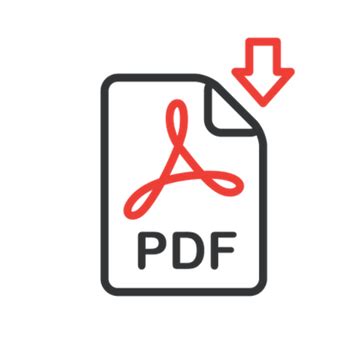Cooperation AWO
Together for the energy turnaround
The AWO Bundesverband e.V. and the Grüner Strom Label e.V. will cooperate in the future. The aim of the new cooperation is to promote climate protection and energy transition in social work. In addition to better access to credible green electricity products, a support program for renewable energies at AWO facilities will also be launched.
The cooperation forms a basis on which framework agreements are concluded with individual electricity providers. This gives AWO facilities and services transparent and uncomplicated access to credible and effective green electricity products - certified with the Grüner Strom-Label, of course.
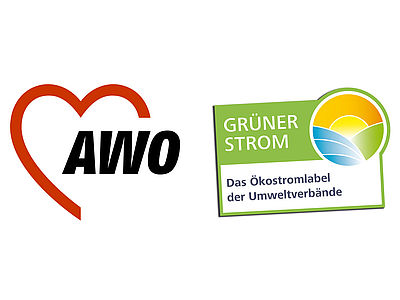
Background
Switching to green electricity can be an important measure for effectively reducing the emissions of social work facilities and services in the short term. For example, CO₂ emissions per care place can be reduced by 10 to 15 percent in the short term by purchasing electricity from renewable sources. Hardly any other measure can be implemented so effectively.
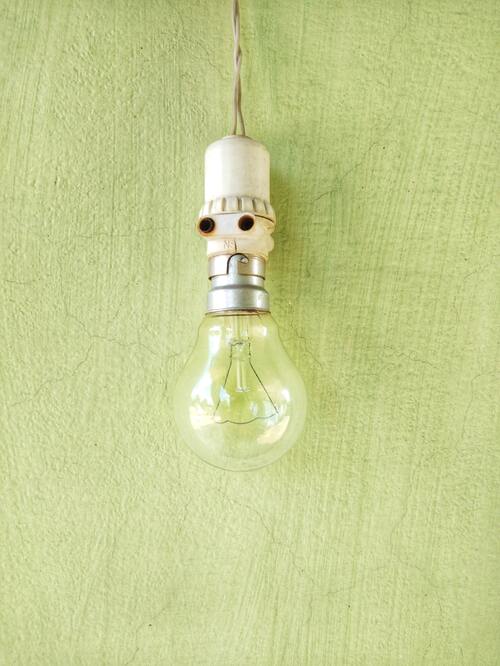
Support program
An important component of the cooperation is a funding program to promote energy transition measures. The intention of the program is to support energy transition measures of AWO facilities and thus to enable and accelerate their realization.
Community-based organizations like AWO often lead the way when it comes to sustainable, forward-thinking lifestyles and social change.
Institutions that want to play an active role in shaping the energy transition can apply to the AWO Bundesverband for funding from investment funds from green electricity providers.
Funding Areas:
- Photovoltaic systems with supplementary optional measures
- Electric charging stations
- Individual projects in the development cooperation of AWO International e.V.
All AWO organizations or their societies are eligible to apply, provided that they can prove that they are customers of a green electricity product certified by Grüner Strom-Label at the time of application or that they will switch to such an electricity purchase at the earliest possible date.
Application

AWO recommends tariff comparison of environmental associations
For effective climate protection and the permanent reduction of CO₂ emissions, AWO recommends that its properties use green electricity and biogas from energy providers with our label.
Suitable electricity and gas tariffs can be found in the comparison portal of the environmental associations, Compare-you-green.com can be found. The portal enables consumers to make an independent comparison of high-quality, green energy products. Transparent, independent and without financial benefit!
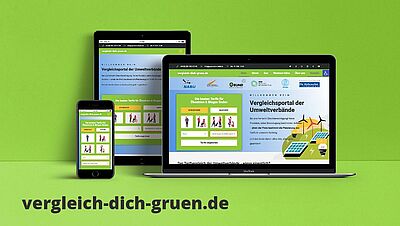
Consistent climate protection
"These days, we are standing alongside Fridays for Future and calling for consistent climate protection. At the same time, we ourselves are also called upon to reduce our CO2 emissions. The cooperation should pave the way for this and also set an example."
- Brigitte Döcker, AWO Board Member
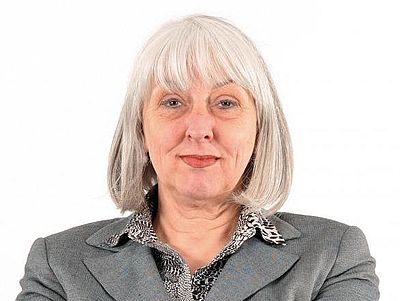
Together for the energy turnaround
Your contact person

Steffen Lembke | AWO e.V.
Head of Quality Management / Sustainability Department
What you should know about green electricity
Grüner Strom-Label
Frequently asked questions
With Green Electricity-certified green electricity tariffs, guaranteed investments flow into the expansion of renewable energies. The level of investment is determined by a fixed amount per kilowatt hour consumed. Thus, your green power purchase indirectly influences investments in the energy transition.The funding areas include the mobility transition, energy infrastructure, energy efficiency, and other projects that serve the energy transition, such as nature conservation, development cooperation, and education.
The full range of funding opportunities can be found in the criteria catalog for the Grüner Strom-Label. Selected energy transition projects can be found here.
The Grüner Strom-Label is awarded for a green electricity tariff, not for the provider itself. The label criteria therefore relate primarily to the tariff.Thus, the Grüner Strom-Label can be found on tariffs of independent green electricity providers as well as on tariffs of municipal utilities that sell conventional electricity in addition to the certified green electricity.
Nevertheless, the Green Electricity certification also looks at aspects concerning the supplier. For example, the Grüner Strom-Label will not be granted to any company that is still directly involved in a coal-fired power plant on the cut-off date of 1.1.2027, i.e. operates a coal-fired power plant itself or is involved in an operating company with share capital/share capital. Participation in nuclear power plants is also an exclusion criterion.
In our Tariff portal of the environmental associations "vergleich-dich-gruen" You will find all tariffs and can easily switch to a real green electricity tariff with a Grüner Strom-Label.
Green Electricity
Green electricity is electrical energy that comes from renewable sources. It can be generated from solar radiation, wind and water power, biomass, geothermal energy or sewage gas. Electricity from renewable sources is ecologically and socially sound because it protects the climate and reduces the consumption of fossil, finite resources. In addition, it does not produce hazardous waste, such as radioactive waste from nuclear power plants. When you buy green electricity, it doesn't mean that green electricity is actually coming out of the pipe. Every kilowatt hour generated flows into an electricity lake, from which it is then redistributed to end customers. In other words, everyone gets the same physical electricity. But every single green electricity customer helps to make the electricity lake ever greener. However, green electricity does not automatically promote the energy transition. For this, additional investments must be made in the expansion of renewable energies. This is guaranteed by tariffs that carry the Green Electricity label. - -
Electricity from renewable energies is ecologically and socially acceptable because it protects the climate and the environment. Consumption of fossil, finite resources reduced is produced. In addition, no hazardous waste is produced, such as radioactive waste from nuclear power plants.
When you buy green electricity, this does not mean that green electricity actually comes out of the line. Every kilowatt hour generated flows into a Stromseefrom which it is then redistributed to the end customers. In other words, everyone receives the same physical electricity. But every single green electricity customer helps to make the electricity lake ever greener.
- - -
The numerous green electricity tariffsavailable on the energy market differ significantly from one another.
The crucial point with a green electricity tariff is whether consumers are choosing a green electricity tariff with their purchase decision. . . environmentally compatible expansion of renewable energies is subsidized. This is not the case with many green electricity offers.
It is important to make the electricity mix greener, Incentives for the expansion of renewable energies This is where the Grüner Strom-Label comes in: if you choose a tariff that has been awarded our seal of approval, you can be sure that every kilowatt hour you consume will go towards the expansion of renewable energies. The guaranteed investments in the environmentally compatible expansion of renewable energies are an essential Distinguishing feature compared to many other green electricity labels and green electricity tariffs.
Green electricity tariffs for private customers require an investment of at least 0.5 cents per kilowatt hour. Many energy providers also invest more than 0.5 cents per kilowatt hour.
. tariff portal of the environmental associations for switching energy providers. .
For trade customers, the Subsidy contribution are lower due to the higher consumption values: they range from 0.1 cents to 0.4 cents per kilowatt hour.
Yes. Green electricity tariffs do not necessarily have to bear a label. Certification by the Grüner Strom-Label or other seals of approval is voluntary. There are electricity providers who do not have their tariffs independently verified at all. Here, consumers must decide for themselves how credible the offer is.
In addition, it is not the energy providers that are certified, but only the individual tariffs. You can find more information about our certification here.



